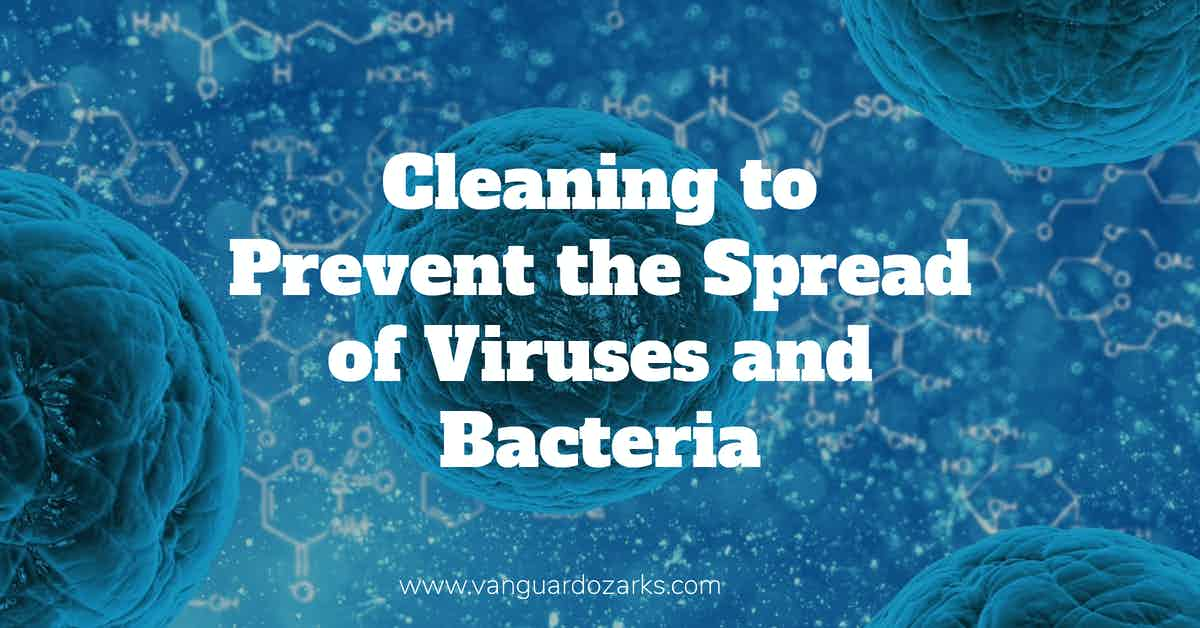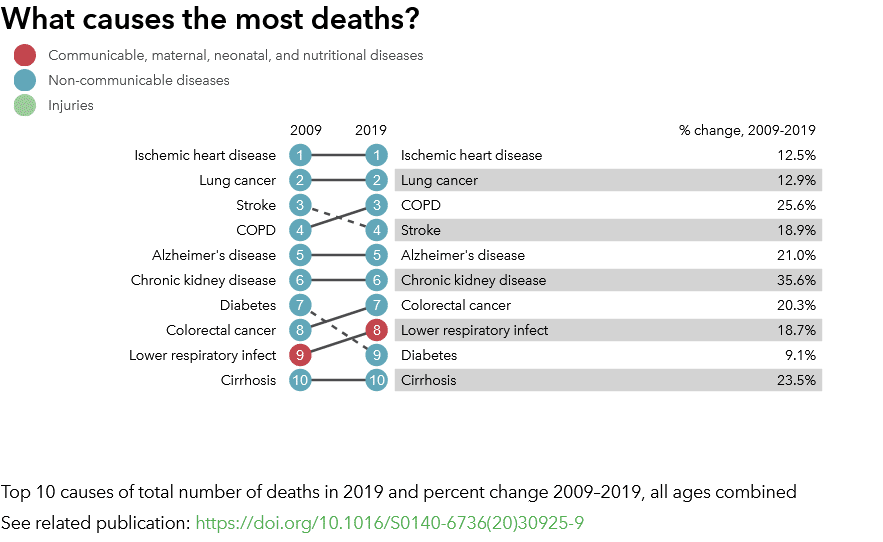Cleaning helps prevent the spread of viruses and bacteria by killing and removing the microbes from commonly touched surfaces found in public facilities.

Preventing the Spread of Pathogens and Pathogenic Bacteria in Public Buildings
Preventing the spread of illness is necessary to restore consumer and worker trust in the safety of public facilities and those who manage them.
Needless to say, SARS-CoV-2 damaged the faith many had in the health and sanitation processes employed in publicly accessible buildings, and that has translated into business challenges that must be addressed head-on with updated products and practices derived from knowledge and experience recently acquired in the proverbial trenches.
A key takeaway from recent events was the widespread dissemination of information regarding the differences between bacteria and viruses and how various cleaning and disinfection products and methods affect the targeted microbes, and the impact those same products and practices have on people and the natural environment.
Another takeaway and primary motivator in accelerating the adoption and implementation of high-performance cleaning and infection prevention and control measures is the expanding availability of information pertaining to the public burden/socio-economic impact of disease and illness.
Understanding the Socio-Economic Burden of Disease and Illness
As few other incidents have in recent memory, the SARS-CoV-2 pandemic underscored the socio-economic burden that accompanies disease and illness.
While the full sum of the burden for just the United States will likely remain incalculable for years to come, we can see based on comparable information just how devastating even something as simple as the seasonal flu can be each year.
According to the National Institutes of Health:
The estimated average annual total economic burden of influenza to the healthcare system and society was $11.2 billion ($6.3-$25.3 billion).
Direct medical costs were estimated to be $3.2 billion ($1.5-$11.7 billion) and indirect costs $8.0 billion ($4.8-$13.6 billion).
These total costs were based on the estimated average numbers of (1) ill-non medically attended patients (21.6 million), (2) office-based outpatient visits (3.7 million), (3) emergency department visit (0.65 million) (4) hospitalizations (247.0 thousand), (5) deaths (36.3 thousand) and (6) days of productivity lost (20.1 million).
Further, according to healthdata.org, lower-respiratory illness--typically, pneumonia--was listed as the 8th leading cause of death in the United States between 2009-2019.
Additionally, according to the U.S. Centers for Disease Control and Prevention, the primary causes of pneumonia in the United States are influenza, SARS-CoV-2, and the bacteria Streptococcus pneumonia, which causes strep throat.
Viruses, bacteria, and fungi can all cause pneumonia.
In the United States, common causes of viral pneumonia are influenza, respiratory syncytial virus (RSV), and SARS-CoV-2 (the virus that causes COVID-19).
A common cause of bacterial pneumonia is Streptococcus pneumonia (pneumococcus).
However, clinicians are not always able to find out which germ caused someone to get sick with pneumonia.
Understanding the nature of these microbes, how they spread, and how they can safely be removed from inhabited public spaces is the first step to reducing the massive burden the resulting illnesses caused by these germs and bacteria have on the public.
What is the Difference Between a Virus and Bacteria?
The simplest answer is--bacteria are alive; viruses are not.
Bacteria are simple, single-celled organisms that do not require a host to survive or thrive, and only about 1% of them cause illness in humans.
Conversely, viruses are not considered living as they must hijack a host cell to thrive and reproduce.
Antibiotics are used to treat bacterial infections, but are ineffective against viruses.
Vaccinations are used to prevent viral infections and are completely ineffective against bacterial infections.
Pathogenic bacteria spread rapidly, are notoriously hard to kill, and often resistant to antibiotics and many disinfectants.
Examples include MRSA, C. diff, E. coli, and Salmonella.
Viruses, on the other hand, are divided into two main categories--enveloped and non-enveloped.
Enveloped viruses, such as SARS-CoV-2 and Influenza, are covered in a fatty layer called a lipid, which is highly susceptible to breaking down when exposed to soap, making them relatively easy to kill using standard cleaning methods.
Non-enveloped viruses, such as rotavirus and norovirus, are much harder to kill and typically require deep cleaning followed by commercial disinfectants to eradicate.
Cleaning to Prevent the Spread of Common Illness
Outside of healthcare settings, which are prone to outbreaks of antibiotic-resistant superbugs--MRSA and C. diff--most public facilities will typically be exposed to a narrow range of commonly transmitted diseases that are susceptible to cleaning methods focused on occupant and environmental health.
In laymen's terms, that means most facilities can benefit from a combination of:
- The daily cleaning of occupied areas of a building with commercial-grade, soap-based detergents applied with microfiber.
- Targeted disinfection of high-contact surfaces with a commercial-grade, broad-spectrum disinfectant that is appropriate for use in your facility and safe for your building's typical demographic.
- A high level of occupant adherence to handwashing practices.
- A well-documented cleaning checklist and product inventory, and;
- A highly trained and well-provisioned custodial team.
References & Resources
- Viruses And Bacteria: What's the Difference?
- Cleaning Helps Prevent Viral And Bacterial Transmission
- The socio-economic implications of the coronavirus pandemic (COVID-19): A review
- What's the difference between Bacteria and Viruses?
Takeaway
Understanding the difference between viruses and bacteria, how they affect people, and how facilities can safely and effectively prevent their spread is the first step on a long road to restoring the public's faith in classroom, retail, and office safety.
The annual socio-economic burden to businesses and taxpayers alone is increasingly more than sufficient motivation for many organizations to take a proactive stance and do their part to prevent the spread of illness in the buildings under their purview and control.
Highly effective health-first-focused cleaning programs can often appear cost-prohibitive to small and mid-sized businesses, especially during an economic downturn resulting from a worldwide pandemic that has yet to abate to any significant degree.
Outsourcing is a proven method for rapidly onboarding these critical and in-demand services for a fraction of the cost of maintaining a comparable service in-house.
Contact us today and discover why Vanguard Cleaning Systems® is the Standard of Clean® for businesses throughout Northwest Arkansas, Missouri, and Oklahoma.
In Oklahoma, dial 918-960-4450
In Arkansas, dial 479-717-2410
In Missouri, dial 417-812-9777


You must be logged in to post a comment.